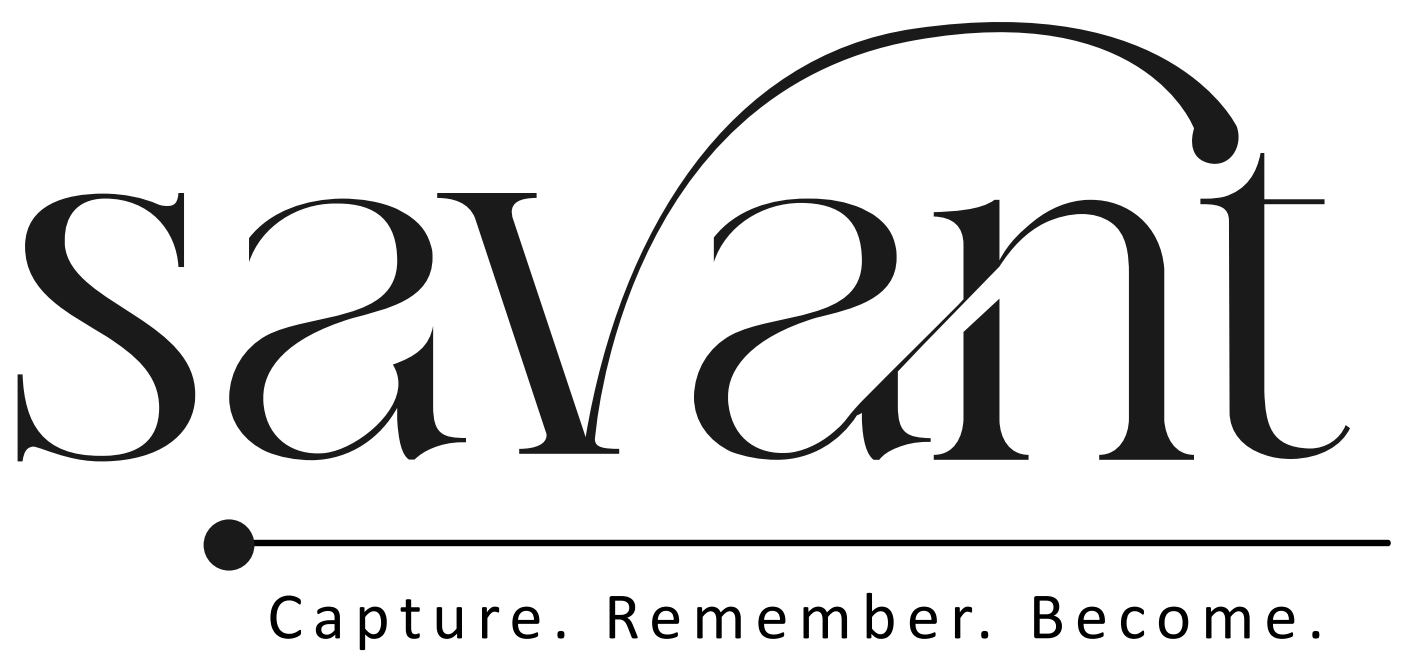In 2024, keeping employees happy and engaged is more important than ever. Companies are realizing that when employees feel valued and connected to their work, they are more likely to stay. This article will explore simple ways to improve employee engagement and loyalty, focusing on effective strategies that can be implemented easily. By creating a positive work environment and addressing employee needs, businesses can enhance retention and foster a loyal workforce.
Key Takeaways
- Engaged employees are more likely to stay with a company, reducing turnover rates.
- Open communication and trust are essential for building a positive work environment.
- Offering competitive pay and benefits can help keep employees satisfied.
- Providing growth opportunities, like training and promotions, encourages loyalty.
- Supporting work-life balance helps employees feel valued and reduces stress.
Understanding Employee Engagement and Retention
Why Engagement Matters
Employee engagement is super important for any workplace. When employees feel engaged, they are more likely to stay with the company and give their best effort. Engaged employees are happier and more productive, which is a win-win for everyone!
The Link Between Engagement and Retention
There’s a strong connection between how engaged employees feel and whether they stick around. Companies with high engagement levels often see lower turnover rates. In fact, research shows that organizations with engaged employees can have retention rates that are 5 times higher than those with disengaged workers. This means that keeping employees engaged is key to keeping them around.
Common Barriers to Engagement
Despite the benefits, many companies face challenges in keeping their employees engaged. Here are some common barriers:
- Lack of communication: When employees don’t feel informed, they can become disengaged.
- Limited growth opportunities: Employees want to know they can grow in their careers.
- Poor work culture: A negative environment can drive employees away.
Engaging employees is not just about perks; it’s about creating a culture where they feel valued and heard.
In 2024, the global employee engagement rate has reverted to pre-pandemic levels, sitting at 71%. This shows that many companies still have work to do to keep their teams engaged and loyal. By understanding these factors, businesses can take steps to improve engagement and retention, leading to a happier and more productive workforce.
Crafting an Effective Employee Retention Plan

Creating a solid employee retention plan is key to keeping your team happy and engaged. A well-thought-out plan can make a big difference! Here’s how to get started:
Key Components of a Retention Plan
- Assess Current Turnover Rates: Look at why employees are leaving. Are there common reasons?
- Gather Employee Feedback: Regularly ask your team what they think. Use surveys or just chat with them to find out what they value.
- Develop Clear Career Pathways: Make sure everyone knows how they can grow within the company.
Aligning Retention with Company Goals
- Ensure your retention strategies match your company’s overall goals. This helps everyone work towards the same vision.
- Consider how employee satisfaction can lead to better performance and productivity.
- Regularly review and adjust your strategies to keep them relevant.
Measuring Success of Retention Strategies
To know if your plan is working, track these key metrics:
| Metric | Description |
|---|---|
| Turnover Rate | Percentage of employees leaving annually |
| Employee Satisfaction Score | How happy employees are with their jobs |
| Engagement Levels | How involved employees are in their work |
Remember, a successful retention plan is not one-size-fits-all; it should be tailored to your unique team and company culture.
By focusing on these areas, you can create a retention plan that not only keeps your employees but also helps your company grow. This guide will help you understand and implement effective employee retention strategies to support the growth of your company.
Creating a Positive Work Environment
Creating a positive work environment is essential for keeping employees happy and engaged. When employees feel good about where they work, they are more likely to stay. Here are some key areas to focus on:
Fostering Open Communication
- Encourage employees to share their thoughts and ideas.
- Hold regular meetings to discuss company updates and gather feedback.
- Create an open-door policy where employees feel comfortable approaching management.
Building Trust and Respect
- Show appreciation for employees’ hard work and contributions.
- Treat everyone fairly and with kindness.
- Be transparent about company goals and decisions.
Encouraging Collaboration and Innovation
- Organize team-building activities to strengthen relationships.
- Provide opportunities for employees to work together on projects.
- Celebrate creative ideas and solutions from all team members.
A positive work environment not only boosts morale but also enhances productivity and loyalty among employees.
By focusing on these areas, companies can create a workplace that feels welcoming and supportive, leading to higher retention rates. Remember, a positive workplace culture is not just a nice-to-have; it’s a must-have for success in 2024!
Leveraging Data to Enhance Retention
Analyzing Employee Feedback
Gathering and analyzing employee feedback is crucial for understanding what your team truly values. By using surveys and suggestion boxes, you can collect insights that help shape a better workplace. When employees feel heard, they are more likely to stay. Here are some key points to consider:
- Regularly conduct engagement surveys.
- Create a safe space for honest feedback.
- Act on the feedback received to show employees their voices matter.
Identifying Trends and Patterns
Data can reveal important trends that might not be obvious at first glance. For example, tracking turnover rates can help you spot patterns related to specific departments or roles. This information is vital for making informed decisions. Here’s how to get started:
- Monitor turnover rates regularly.
- Look for patterns in exit interviews.
- Use data analytics tools to visualize trends.
Implementing Data-Driven Changes
Once you have gathered and analyzed the data, it’s time to make changes. Implementing data-driven strategies can lead to significant improvements in employee retention. Here are some effective strategies:
- Adjust compensation based on market standards.
- Offer training programs that align with employee interests.
- Foster a culture of recognition and appreciation.
By focusing on data, companies can create a more engaging and supportive work environment, ultimately leading to higher retention rates.
In summary, leveraging data is a powerful way to enhance employee retention. By analyzing feedback, identifying trends, and implementing changes, you can create a workplace where employees feel valued and engaged. Remember, data-driven decisions can lead to a happier, more loyal workforce!
Offering Competitive Compensation and Benefits
Understanding Market Standards
To keep your employees happy and engaged, it’s essential to offer competitive compensation. This means paying salaries that are in line with or better than what others in your industry are offering. When employees feel they are compensated fairly, they are more likely to stay with your company. In fact, fair compensation is the top driver of loyalty for long-standing workers, according to a 2024 study from Workday.
Beyond Salary: Comprehensive Benefits
Salary is just one part of the equation. Attractive benefits can make a big difference in how employees feel about their jobs. Here are some benefits that can help:
- Health insurance
- Retirement plans
- Paid time off
- Flexible working conditions
These benefits show that you care about your employees’ overall well-being, making them feel valued and appreciated.
The Role of Benefits in Retention
Offering a strong benefits package can lead to higher retention rates. When employees know they have good health coverage, retirement options, and other perks, they are less likely to look for jobs elsewhere. This not only saves your company money on hiring new staff but also builds a more loyal workforce.
Investing in your employees’ well-being is not just good for them; it’s good for your business too! A happy employee is a productive employee.
In summary, to improve employee engagement and loyalty, focus on providing competitive salaries and a comprehensive benefits package. This approach will help create a positive work environment where employees feel valued and motivated to stay.
Promoting Work-Life Balance and Flexibility
Flexible Work Arrangements
Flexibility is key in today’s work environment. Offering adaptable schedules allows employees to manage their personal lives alongside their work. This can include options like remote work or compressed workweeks. By embracing flexibility, companies show they care about their employees’ well-being, which can lead to a happier workplace.
Encouraging Periodic Time Off
Encouraging employees to take time off is essential. Regular breaks help prevent burnout and promote a healthy work-life balance. When companies support time off, they demonstrate a commitment to their employees’ health, which can boost job satisfaction and loyalty. Here are some benefits of encouraging time off:
- Reduces stress
- Improves mental health
- Increases productivity
Four-Day Workweek
Implementing a four-day workweek can be a game-changer. It gives employees an extra day to recharge, which can lead to higher job satisfaction and loyalty. Many workers appreciate having more time for personal activities, family, or just relaxing. This approach not only helps retain employees but also makes the company stand out as a forward-thinking employer.
A positive work-life balance is not just a perk; it’s a necessity for a thriving workforce.
By promoting work-life balance and flexibility, companies can create a more engaged and loyal team. This approach not only benefits employees but also enhances the overall workplace culture, making it a win-win for everyone!
Providing Growth and Development Opportunities
Employees really appreciate having chances to grow and learn. Investing in training and development programs can help them gain new skills and move up in their careers. This not only makes them more adaptable but also boosts their confidence in handling new challenges.
Career Pathways and Promotions
- Create clear career paths for employees.
- Offer promotions and internal job postings.
- Encourage leadership training and professional development courses.
When employees see a future for themselves in the company, they are more likely to stay and contribute their best efforts.
Training and Mentorship Programs
- Provide workshops and job rotations.
- Implement mentorship programs to guide employees.
- Offer tuition reimbursement for further education.
These programs help employees stay relevant and enhance their skills, which is essential for both personal and organizational growth.
Recognizing and Rewarding Contributions
Acknowledging employee efforts can significantly improve their motivation and loyalty. When employees feel valued, they are less likely to seek opportunities elsewhere.
In summary, by focusing on growth and development, companies can create a more engaged workforce. This aligns with the latest employee engagement trends for 2024, which emphasize the importance of recognition and opportunities for advancement.
By fostering a culture of continuous learning, organizations can not only retain talent but also enhance overall productivity and satisfaction.
Wrapping It Up: Building a Loyal Team in 2024
As we step into 2024, it’s clear that keeping your employees happy and engaged is more important than ever. By focusing on what really matters—like fair pay, good benefits, and a positive work culture—you can create a workplace where people want to stay. Remember, it’s not just about keeping your best talent; it’s about making sure everyone feels valued and heard. When employees know their voices matter, they’re more likely to stick around and contribute their best work. So, let’s make this year the one where we prioritize our people and build a team that’s not just loyal, but also excited to be part of your journey!
Frequently Asked Questions
Why is employee engagement so important?
Employee engagement is important because when workers feel connected and valued, they are more likely to stay with the company and do their best work.
How does engagement affect employee retention?
When employees are engaged, they feel more satisfied with their jobs, which makes them less likely to leave.
What are some common reasons employees feel disengaged?
Employees may feel disengaged due to lack of recognition, poor communication, or not having opportunities for growth.
What should be included in an employee retention plan?
An employee retention plan should include strategies for communication, recognition, and providing opportunities for growth.
How can companies measure the success of their retention strategies?
Companies can measure their retention strategies by looking at employee feedback, turnover rates, and overall job satisfaction.
What role does work-life balance play in employee retention?
Work-life balance is crucial because when employees feel they have time for both work and personal life, they are happier and more likely to stay.






